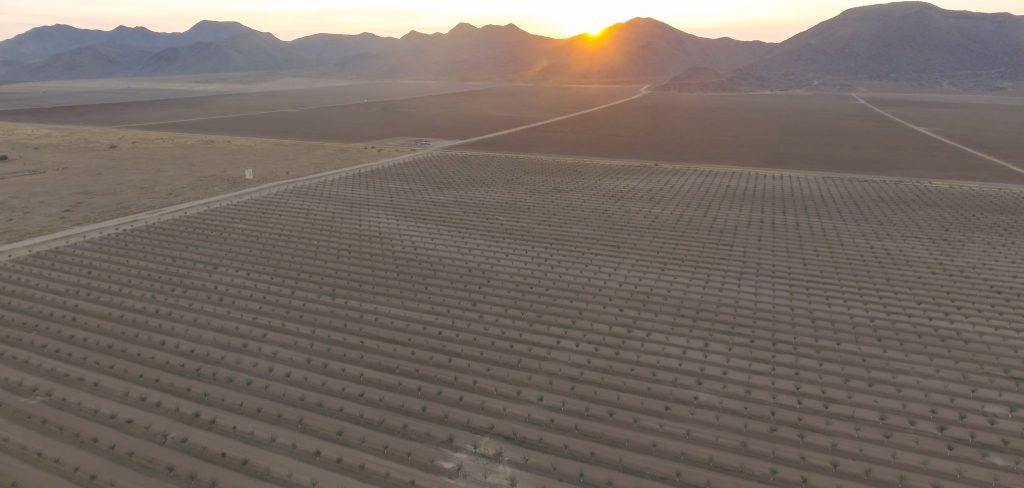Rural Arizonans need these tools to manage declining groundwater resources, fast
In some parts of rural Arizona, groundwater is the primary or only source of water for households, farmers and entire communities. But groundwater pumping has caused wells, rivers and springs to go dry.
A study by Arizona’s Department of Water Resources found that areas of Mohave County, which includes Kingman, may have only 60 years of groundwater remaining under certain pumping scenarios. Last month, the U.S. Geological Survey presented a new study showing areas of Mohave County could have over 100 years of groundwater supply.
The USGS study assumed that farmers will switch to less water-intensive crops and that new acreage won’t be converted to farmland. The difference in projections between these studies demonstrates that how we collectively manage and use groundwater matters, leading Mohave County Supervisor Gary Watson to conclude, “time is of the essence.”

How to avoid a water supply crisis
Time is of the essence for local communities to have the tools and support they need to secure their water and economic futures for generations to come.
Currently, groundwater in rural Arizona is largely unregulated, and communities across the state, including Mohave County, lack state authority to take action to manage their vital groundwater supplies. With our partners at the Water for Arizona Coalition, we created a first-of-its-kind guide describing groundwater management tools that have been utilized in other parts of Arizona and throughout the western U.S.
We hope this guide provides tangible examples of the types of tools that could be available to local community and water leaders to manage their groundwater resources and avoid a water supply crisis.
Tools that can be customized for local needs
Our guide divides the tools into categories based on what they accomplish. It includes tools that:
- Guide and inform the planning process. For example, the creation of a local study or advisory board can help a region identify management goals and develop a management plan.
- Conserve or limit the amount of water used. Examples include conservation ordinances, tiered water rates, and limits on new uses. For instance, local rules could require residents to water their yards on certain days or require new developments to landscape with low-water-use plants.
- Allocate the available water while allowing for voluntary transfers. For example, it is possible to create defined water rights, allowances, or shares that entitle users to pump groundwater. In many western states, these rights can be transferred or traded, and such programs can be designed to avoid harming existing water users or other interests such as disadvantaged communities and wildlife.
- Protect specific existing resources from the impacts of new wells or groundwater uses. Examples include requiring a state permit to drill a new well, requiring that new wells be drilled a minimum distance away from existing wells, creating “protection zones” where groundwater pumping is limited around a vulnerable resource such as a river, and requiring water users to offset new groundwater uses, for example by contributing to a recharge project.
- Allow for and encourage water reuse and replenishment. Examples include intentionally replenishing water in the aquifer either to raise the water table or store and pump later, as well as using recycled water to irrigate golf courses and parks.
- Manage water and connected land uses. For example, in some parts of Arizona, subdivision developers must demonstrate there is enough water to serve the new homes for 100 years. In existing homes, building codes could require low-flow water fixtures as part of remodeling projects.
- Supplement financial, educational and informational tools. Districts or special management areas created to manage local groundwater may also establish fees or surcharges to fund various projects. Communities may also develop educational programs, community events and data tools to inform and engage stakeholders.
Policymakers must keep up legislative momentum
During the 2020 legislative session, a bill introduced by Rep. Regina Cobb (R-Kingman) with bipartisan support would have created a new framework for local rural communities to manage their groundwater through the establishment of rural management areas (RMAs) in at-risk groundwater basins. Residents within an RMA could set local management goals and develop a management plan for their basin.
Though Cobb’s bill did not reach a vote last session, she is likely to reintroduce it with updates next year, and the Water for Arizona Coalition plans to support it again.
To protect rural Arizona’s communities, rivers and springs now and for future generations, we need state leaders to take this crucial step to authorize local communities to use these tools to manage their groundwater sustainably — because time is, indeed, of the essence.











